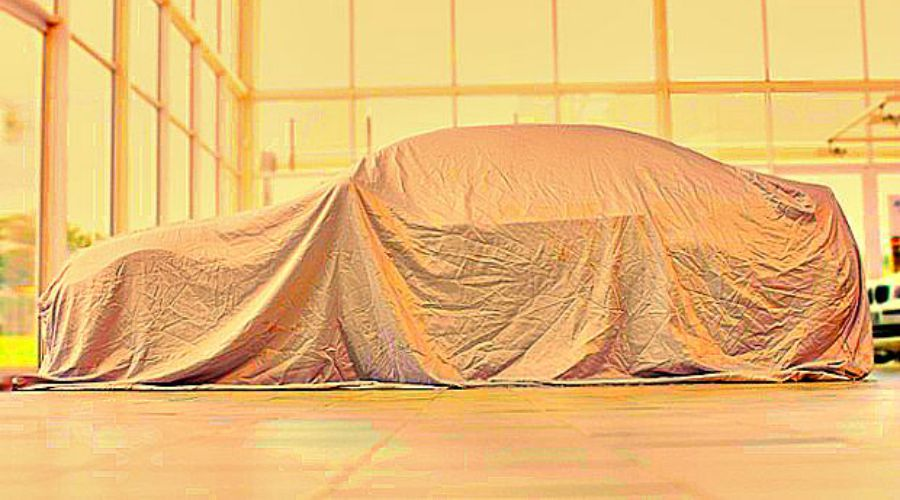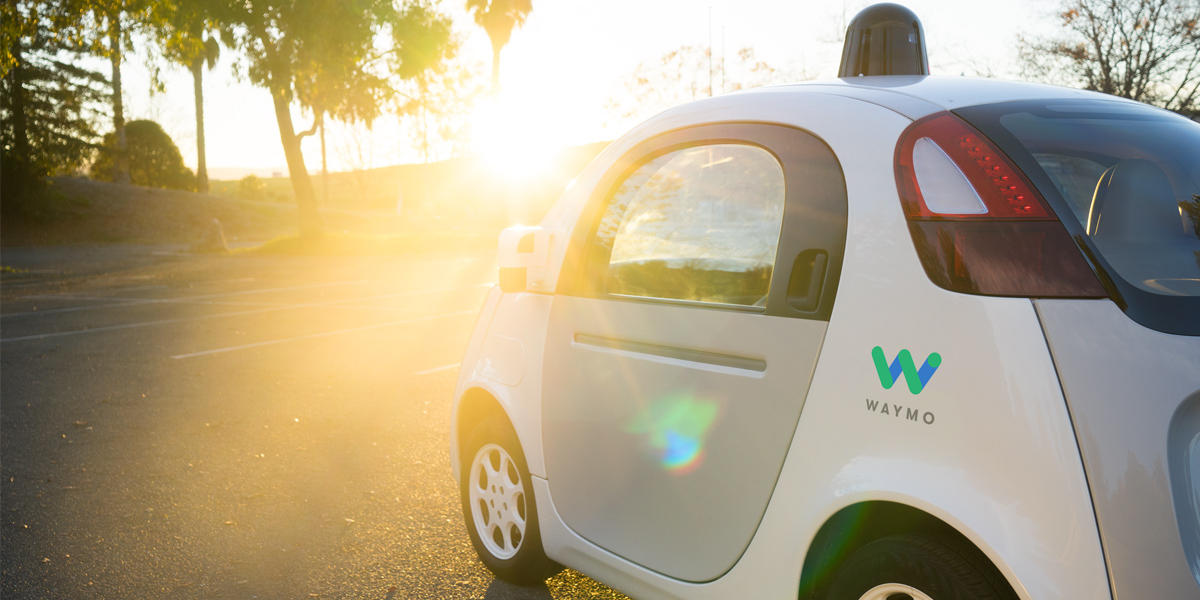Waymo, Google spin off is in pole position in the race for reaching first place in the introduction of driverless cars: a few months ago it experienced for the first time in Phoenix, Arizona, the circulation of the driverless car without any “human being” on board. It has already established precise agreements with Chrysler for the delivery in the next few years of hundreds of minivans that will be integrated with autonomous driving technology and will constitute Waymo’s fleets. It has already solved the insurance problem thanks to the partnership with an insurtech startup.
In short, Wyamo is ready with its future mobility project, namely “transport as a service”.
In a mobility system that offers transport if necessary, at low cost, widely, at any time, why should people continue to spend so much money and have so much problems for car ownership? Purchase costs, insurance, maintenance; security problems, parking, traffic, etc., are things to forget with cars. Imagine being able to pay for an annual subscription allowing to travel comfortably by car at all times: to go to work, to drive children, to do shopping, to go on a trip. A car always available, whose doesn’t have to worry about, doesn’t have to drive, doesn’t have to park. A dream for most of us.
Most experts agree that the driverless car will collapse the sale of cars to private.
For example, KPMG, market research company, estimates that by 2030, sales of medium-sized cars in the United States will fall from the current 5.4 million units sold each year to about half of that number, namely 2.1 million units. Another market research company, ReThinkX, offers an even more pessimistic estimate, predicting that driverless vehicles will reduce consumer demand for new vehicles by a whopping 70%.
According to an article in SingularityHub, a Singularity University magazine, these pessimistic predictions are not only exaggerated, but exactly the opposite will happen.
The first reason is that the fleets of self-driven taxis will be a widespread, advantageous and sustainable trend at the urban level, certainly millions of small towns will not be involved in the invasion of these fleets.
The second reason is very simple, apparently not statistical but true: most people still prefer to own a private vehicle. As a result, the total number of units of private vehicles sold each year will increase rather than decrease.
When it comes to the disappearance of car ownership, the fact that the new driverless vehicle industry will not only replace today’s vehicles with driverless vehicles is ignored. Quite the contrary, the automotive industry of the future will sell what could be considered a completely new product: a wide variety of intelligent and driverless transport robots. They will be widely used means of transport, as will be cheap, ubiquitous and versatile.
However, different characteristics of driverless vehicles will ensure that people will continue to buy their own cars.
1. Cost: Thanks to simpler electric motors and lighter car chassis, driverless vehicles will be cheaper to buy and maintain than vehicles driven by human being today. Some assessment bring the price to $10K per vehicle, in stark contrast to today’s average of $30K per vehicle.
2. Personal items: Consumers will be able to do much more in their driverless vehicles, including work, play and rest. That means people will keep more personal items in their cars.
3. Frequent updates: on average today a car lasts about 10 years. As driverless cars become software-based devices, their price/performance ratio will follow Moore’s law. Their rapid improvement will increase the attractiveness and frequency of new vehicle purchases.
4. Immediate accessibility: in a dense urban context, a taxi without a driver is able to pop up within a few minutes after the call. It’s not so in rural areas, where people live miles away from each other. For many, the delay and “loss of control” over their mobility will increase the attractiveness of owning their own vehicle.
5. Form and function diversity: driverless vehicles will be available in a wide variety of sizes and shapes. Consumers will drive the demand for autonomous, tailor-made and specially designed vehicles, the shape of which is suitable for a particular function.
Autonomous vehicles will cost less for various reasons. First of all, they will be powered by electric motors, which are cheaper to build and maintain than gasoline engines. Removing human drivers will also save consumers money. Autonomous vehicles are less likely to have accidents, so they can be built with light, low-cost materials and are cheaper to insure. With the human interface no longer needed, autonomous vehicles will not be burdened by the production costs of a complex dashboard, steering wheel and pedals.
While autonomous mobility services based on hop-on, hop-off taxis may be ideal for a portion of the urban population, many major customer segments will continue to wish owning their own cars.
These include people living in sparsely populated rural areas who cannot afford to wait long period for a taxi to show up. Families with children will prefer to own their own driverless cars to accommodate their children’s car seats and favorite toys. Another loyal segment of car buyers is that kind of subject that want an updated sexiest model every year, unable to resist the allure of improved, safer artificial intelligence, or a smoother driving mode.
Let’s also consider the appeal of robotic diversity.
Commuters will invest in a domestic office on wheels, an elegant and itinerant workspace reminiscent of a first-class suite on an airplane. In the upper end of the market, city and country dwellers will require autonomous, tailor-made vehicles whose shape and onboard gadgets are adapted to a particular function or hobby. Small privately owned businesses will purchase their own delivery robot which could range in size from very small to very large.
The exact value of this future automotive industry has yet to be defined, but research conducted by Intel’s internal autonomous vehicle division estimates that this new so-called “passenger economy” could be worth nearly $7 trillion a year. To position themselves and capture a slice of this potential revenue, companies whose commercial activities were located in sectors hitherto quite different such as robotics, software, ships and entertainment (to name but a few) have begun to form a puzzling network of what they hope will be symbiotic partnerships. Trucking and chip companies are collaborating with car rental companies, which in turn befriend giant software companies, which are launching joint projects with hardware companies of all sizes, and so on.
Last year, car manufacturers sold around 80 million new cars worldwide. Over nearly a century, car manufacturers and their partners, global chains of dealers and service providers, have become masters in the mass production and maintenance of rugged and economical human-driven vehicles.
As soon as the technology of driverless vehicles is ready for widespread use, traditional car companies will be forced to compete.
The challenge for traditional car makers will not be represented by “people no longer wishing to own cars”, but rather will be to learn how to compete in a new and larger transport industry, where consumers will choose their product based on the attractiveness of its custom design and the quality of its smart software.





